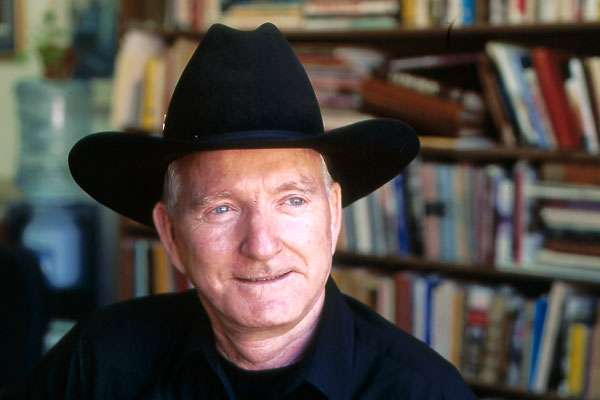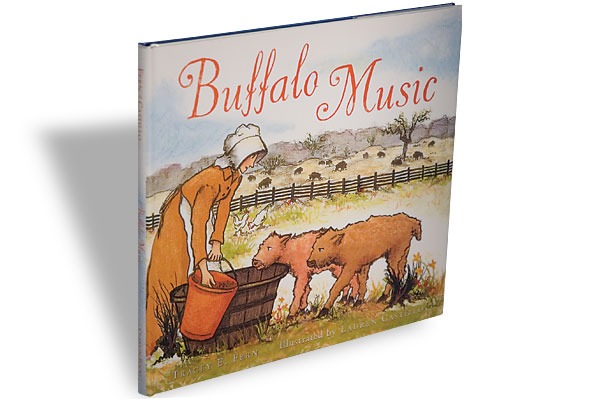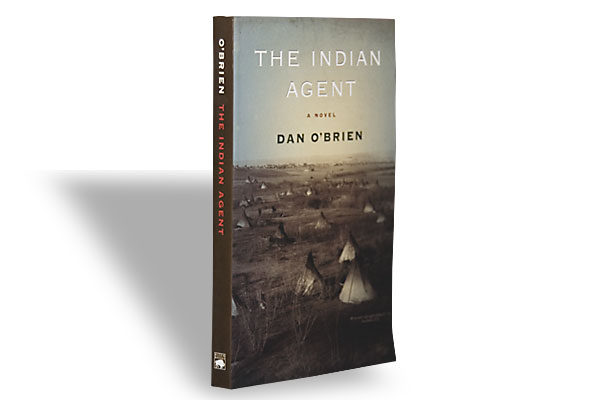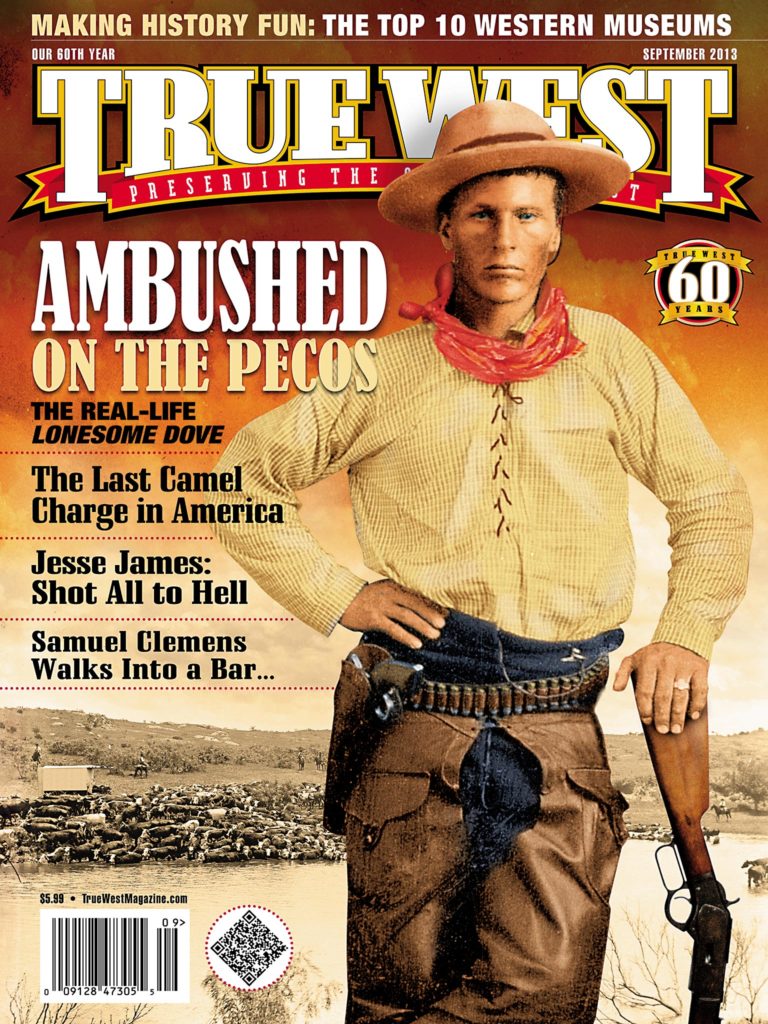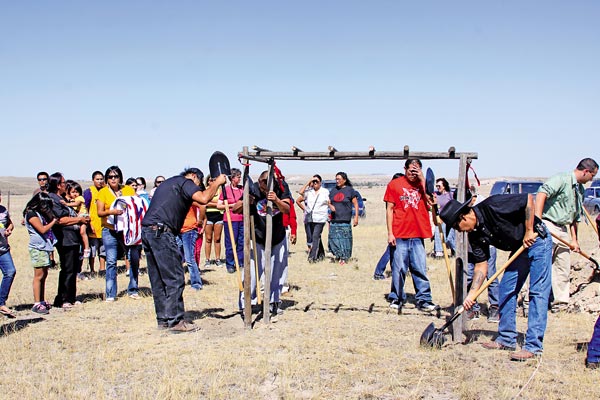 In 1898, Albert Afraid of Hawk had the opportunity of a lifetime. He was hired as a performer with Buffalo Bill Cody’s Wild West, heady stuff for an 18 year old who had lived his life on a Sioux reservation in South Dakota.
In 1898, Albert Afraid of Hawk had the opportunity of a lifetime. He was hired as a performer with Buffalo Bill Cody’s Wild West, heady stuff for an 18 year old who had lived his life on a Sioux reservation in South Dakota.
During his time with the troupe, he would travel the world and encounter cultural experiences that few of his people could even imagine.
More than 100 years passed before Albert returned to the Pine Ridge Reservation. The story is remarkable.
Albert was one of about 50 American Indians, mostly Sioux, who rode for Cody in his Wild West show. They rotated through various roles, including trick riding, attacking a stagecoach and re-creating Custer’s Last Stand, a popular myth from the 1876 battle that had been victorious for the Sioux and disastrous for the U.S. Army.
Then a meal of bad canned corn became an unforeseen culprit. About a dozen troupe members fell ill in June 1900; they missed their show in Danbury, Connecticut. Albert was among them. When his condition worsened, he was taken to the Danbury Hospital, where he died on June 29. Two Sioux chiefs performed traditional ceremonies over his body before he was buried in the Wooster Cemetery later that day. Cody picked up the bill for the burial.
Word of Albert’s death was sent to the Afraid of Hawks, but they were never told where his body was buried. Albert stayed, in an unmarked grave, nearly 2,000 miles from home. Over the years, his family tried to find out the location of his remains, but had no luck.
In 2008, Robert Young, president of the Board of Trustees at the Danbury Museum and Historical Society, was conducting research at the Wooster Cemetery when he came across a burial card for Albert Afraid of Hawk. Young knew that one of Buffalo Bill’s Indians had been buried in the cemetery—now he had the location.
Young tracked down Albert’s family, who had relocated to the Cheyenne River Reservation several years before, and made a trip to South Dakota to meet with them.
Money, time and bureaucracy held up the transport of Albert’s body for four years. In August 2012, some family members—including Albert’s 82-year-old nephew Daniel—made the trek from South Dakota to Connecticut. At the exhumation, they performed rites over the unopened grave. The nearly intact skeleton was gently removed and transported west.
On September 9, a big day at the Pine Ridge Reservation, some 75 people, including Young, now a virtual member of the Afraid of Hawk family, attended the traditional Sioux funeral service at Wounded Knee District School. Then the family wrapped Albert’s remains in a buffalo robe and transported his body by horse and wagon to the nearby cemetery.
At St. Mark’s Episcopal Cemetery in Manderson, the family lifted their ancestor’s body onto a Sioux burial platform that they had built. Family and friends stayed at the burial site until dark, when the remains were taken down and placed in a grave behind the last resting place of Albert’s father. They placed food next to Albert; the Sioux believe the deceased will need sustenance on the four-day journey to the next world.
Albert Afraid of Hawk had finally come home. As his great niece Maria Afraid of Hawk put it, “Now everything has come into place.”


